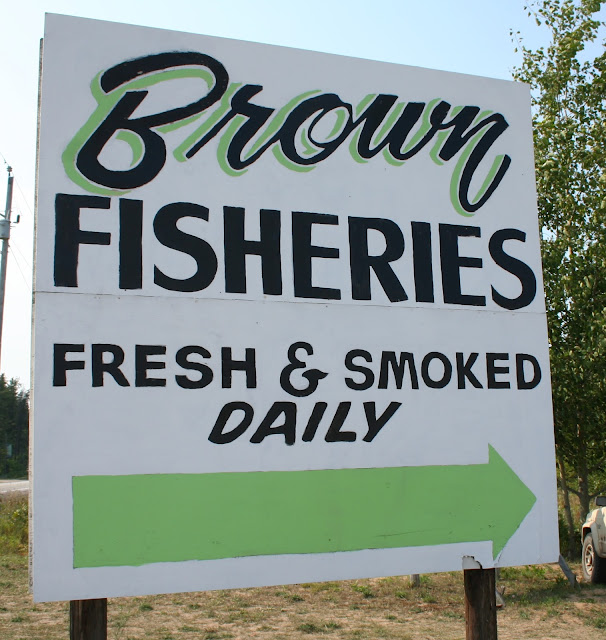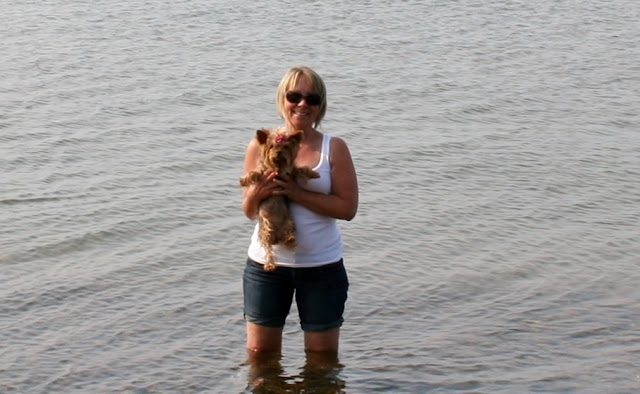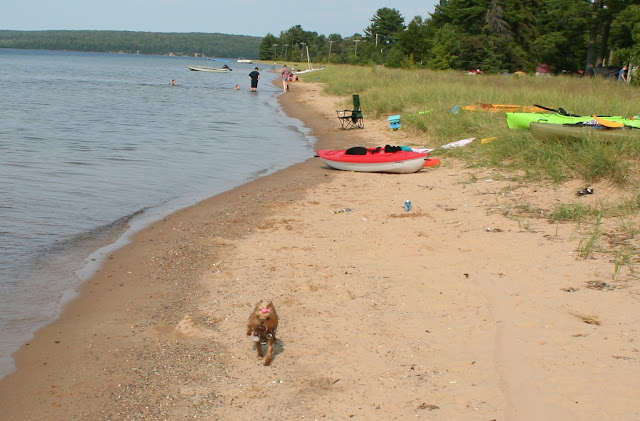After our 3 hour tour, we took the ferry back to the mainland. I took this last picture of what once was Abraham Williams home, and during the "Resort Era", it was part of the hotel. When the US Forest Service purchased the island, the private cottage owners were allowed to stay. One cottage on the island has been past down for 7 generations.
Our tour guide was very good with a wealth of history and information. The island is very rugged with no food or water available, so be sure to bring what you need. We were both glad we took the bus, because the mosquitoes were bad and it would have been much too hot that day. If you want to hike or bike the trails, I suggest waiting for fall when the color is better and the mosquitoes have died off. To bike around the whole island, signs say it is 21 miles and plan on 6 hours of biking. There are a couple of shorter routes, one a 12 mile which takes 3-6 hours, and a 8 mile that takes 2-4 hours. |













































































